All of these were fine weapons, but U.S. small arms logistics had become unduly complex.
During 1944, U.S.
Ordnance began development of a new cartridgethe 7.62mm T65.
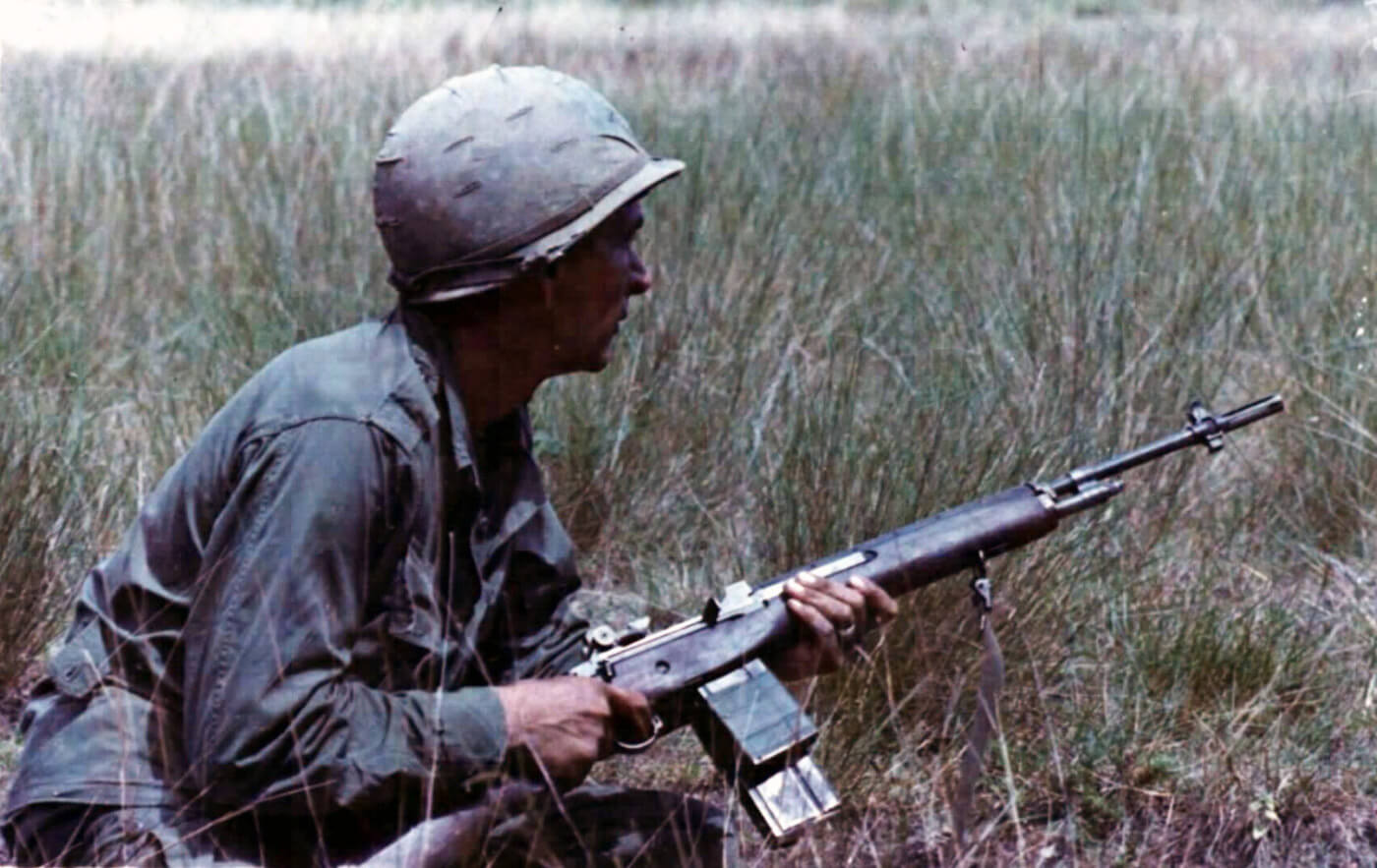
M14 rifleman of the 1st Infantry Division with two 20-round magazines taped together, near Bien Hoa, October 1965.
This would later be slightly modified (during 1954) to become the standard 7.6251 NATO round.
The M14 concept represented practical thinking: a single rifle filling multiple roles while using the same ammunition.
From a logistical standpoint, it all makes sense.
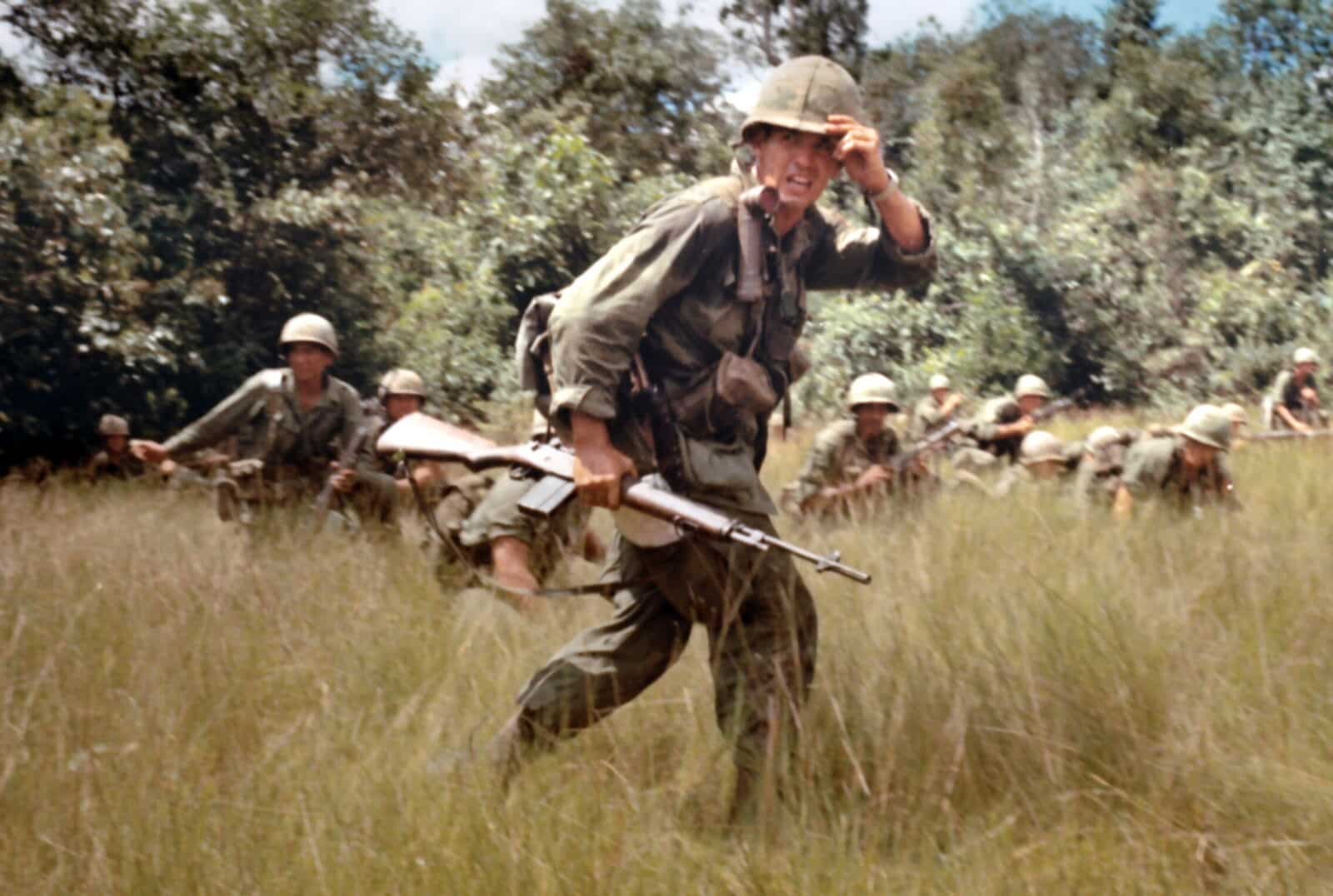
The M14 was the United States’ primary service rifle at the beginning of its full involvement in the Vietnam War. Based off the classic M1 Garand, it brought heavy-hitting firepower to the battle. Image: NARA
However, in actual practice no military has ever been able to make it work across the board.
Specialized troops with special weapons exist for a reason.
But, on its own, the M14 and its powerful cartridge had much to offer.
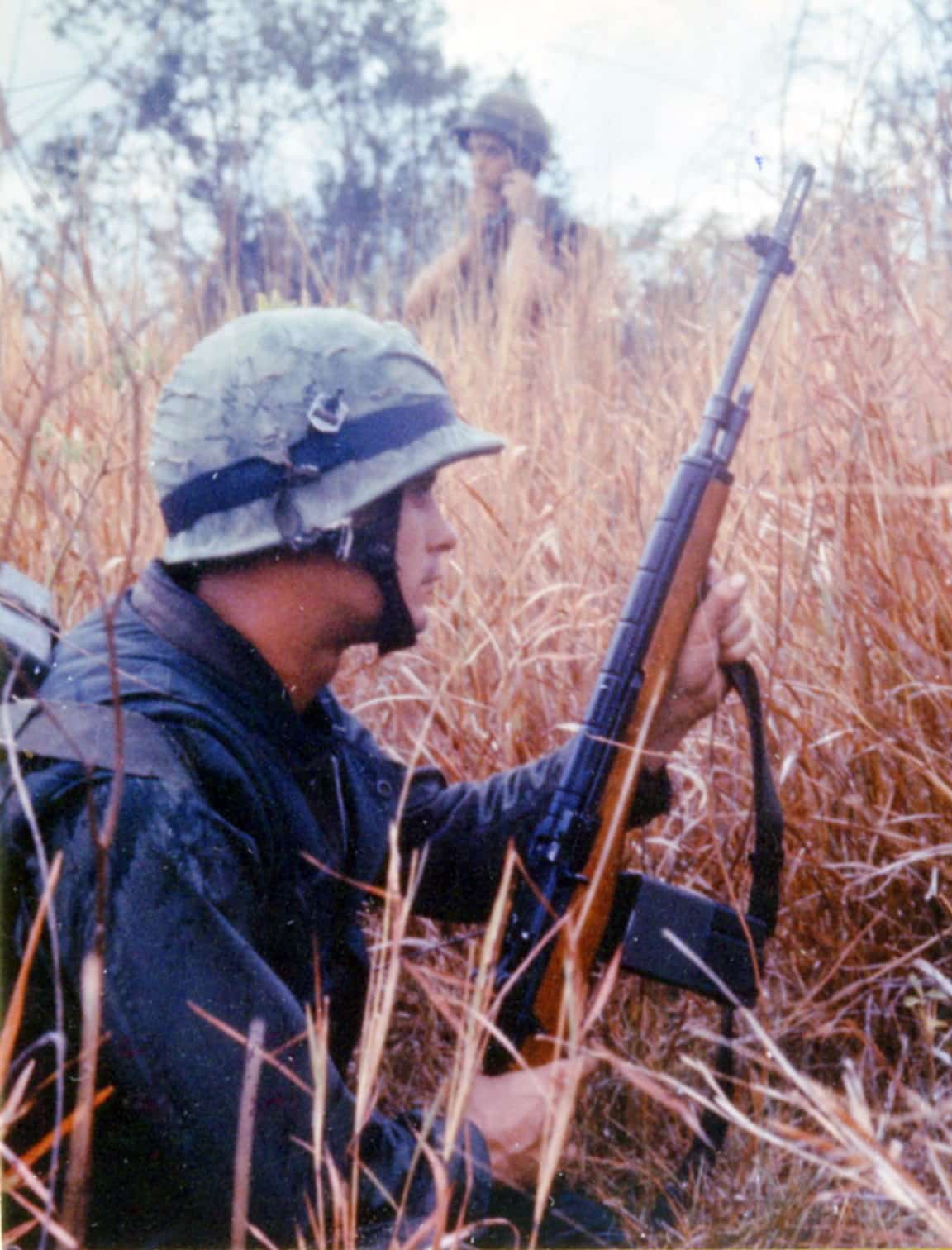
Constructed of wood and steel, the M14 was a Cold War-era rifle with very traditional roots and very different from the later M16. Image: NARA
When the AK-47 finally entered service in 1956, U.S.
Ordnance described the new weapon as a submachine gun, and the Kalashnikov design was not given much credenceU.S.
Ordnance particularly disdained the Soviet intermediate cartridge.
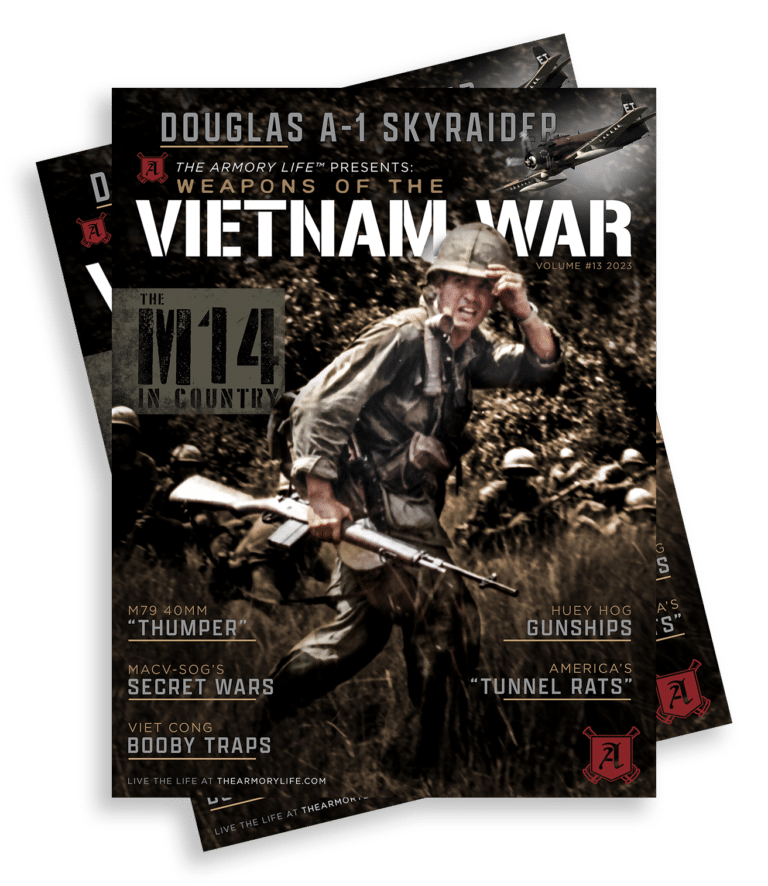
Meanwhile, the M14 was adopted as the U.S. Militarys standard rifle in 1957.
In response, U.S. Also, it is important to remember that given a choice, an infantryman will choose everything.
He wants light weight coupled with great firepower.
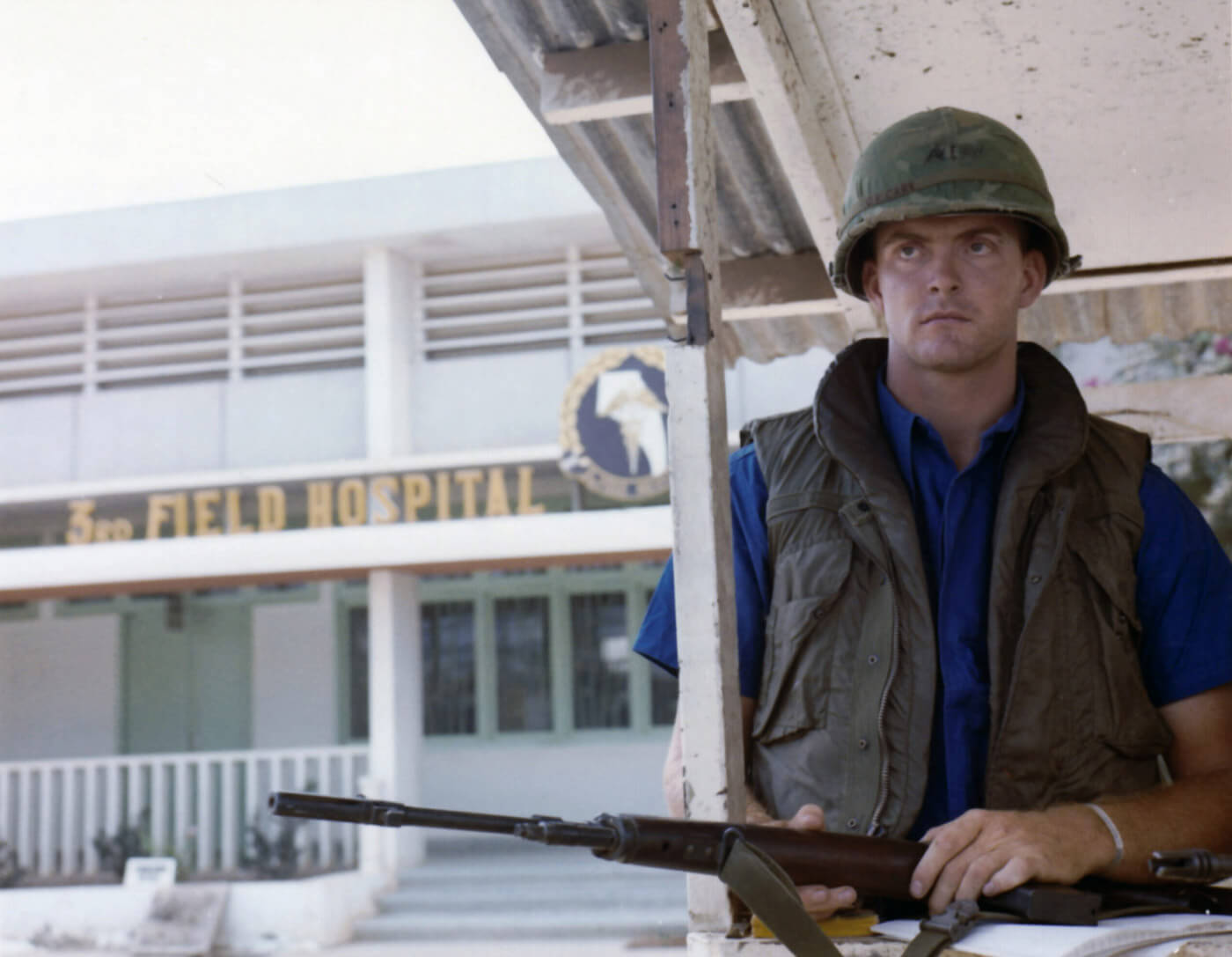
MP of the 89th MP Group stands guard at Tan Son Nhut base hospital during the Tet Offensive, February 9, 1968.
He wants reliability and accuracy.
He wants tremendous shoot-through-coverand man-stopping knock-down power.
Coupled with that he wants all the magazine capacity he can get.
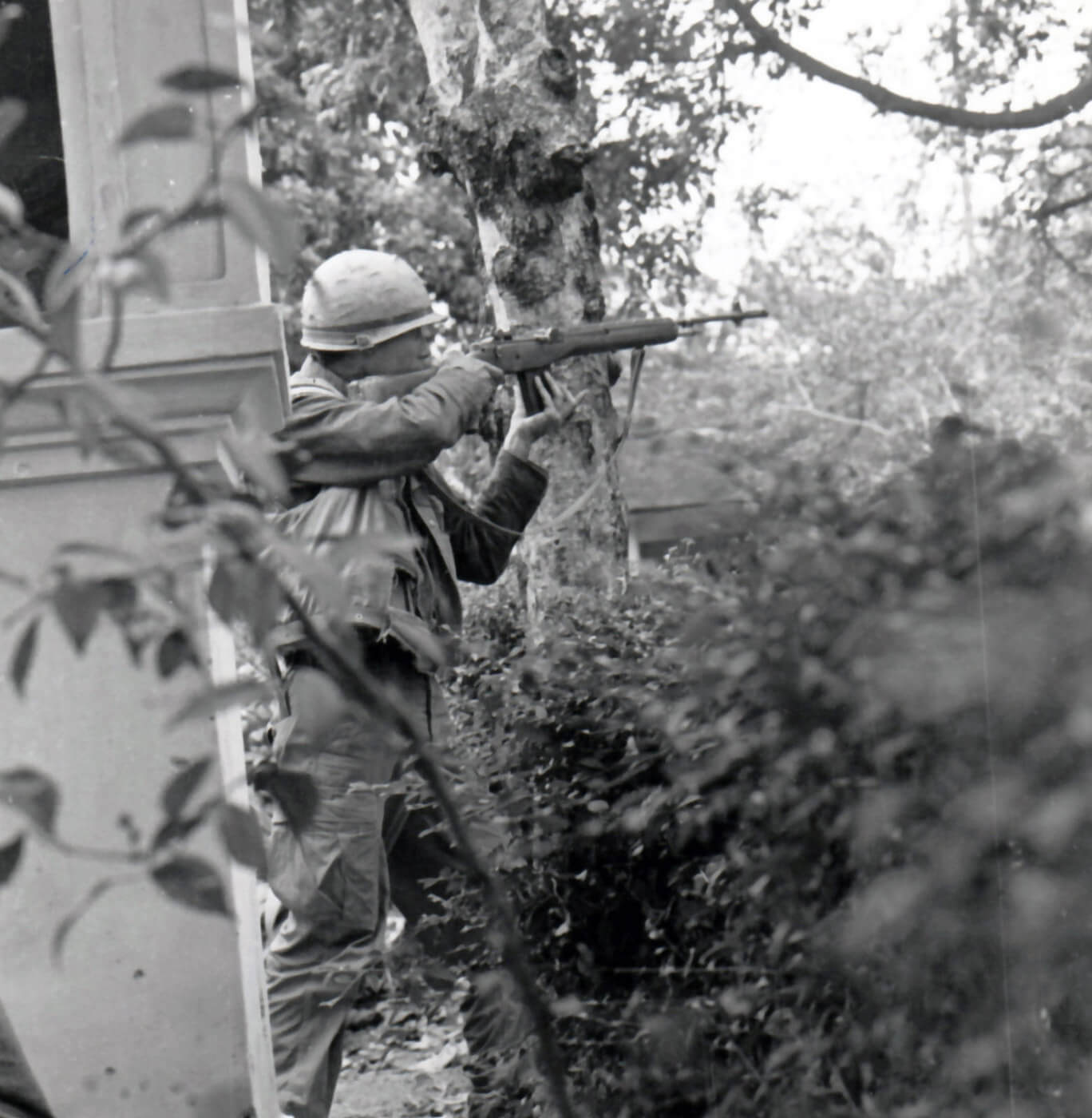
Marine supporting his M14 with the base of the magazine during the battle for Hue in February 1968.
Marines describe that, in the absence ofan M60 machine gun, the M14 offered the next strongest alternative.
And it certainly earned a legion of fans in the jungles of Vietnam.
Captain Dale Dye enlisted in the U.S. Marine Corps in January 1964.
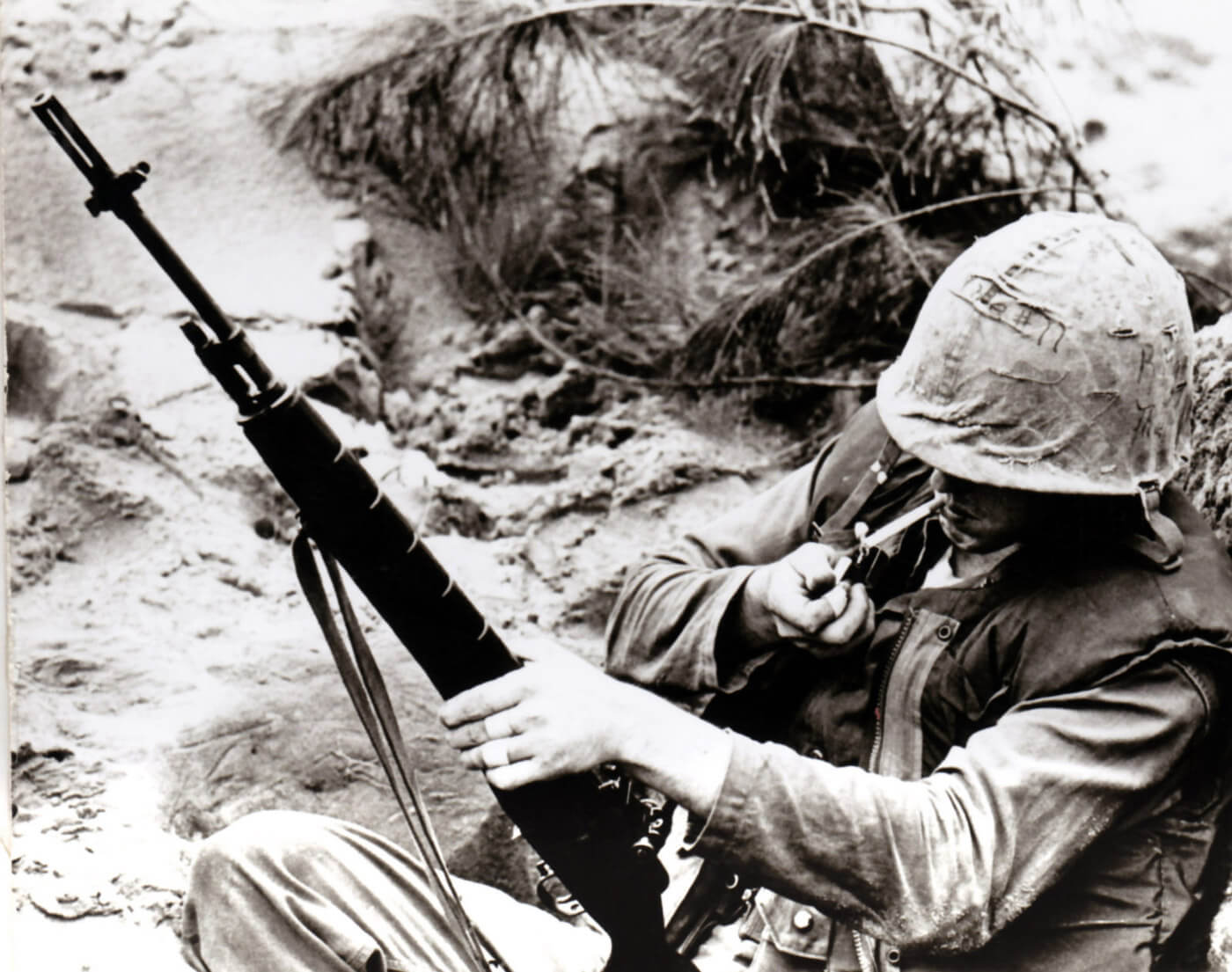
The M14 in USMC service during March 1965, near Da Nang.
He served in Vietnam in 1965 and 1967 through 1970, surviving 31 major combat operations.
He spent 13 years as an enlisted Marine, rising to the rank of master sergeant.
He was chosen to attend officer candidate school and was appointed a warrant officer in 1976.
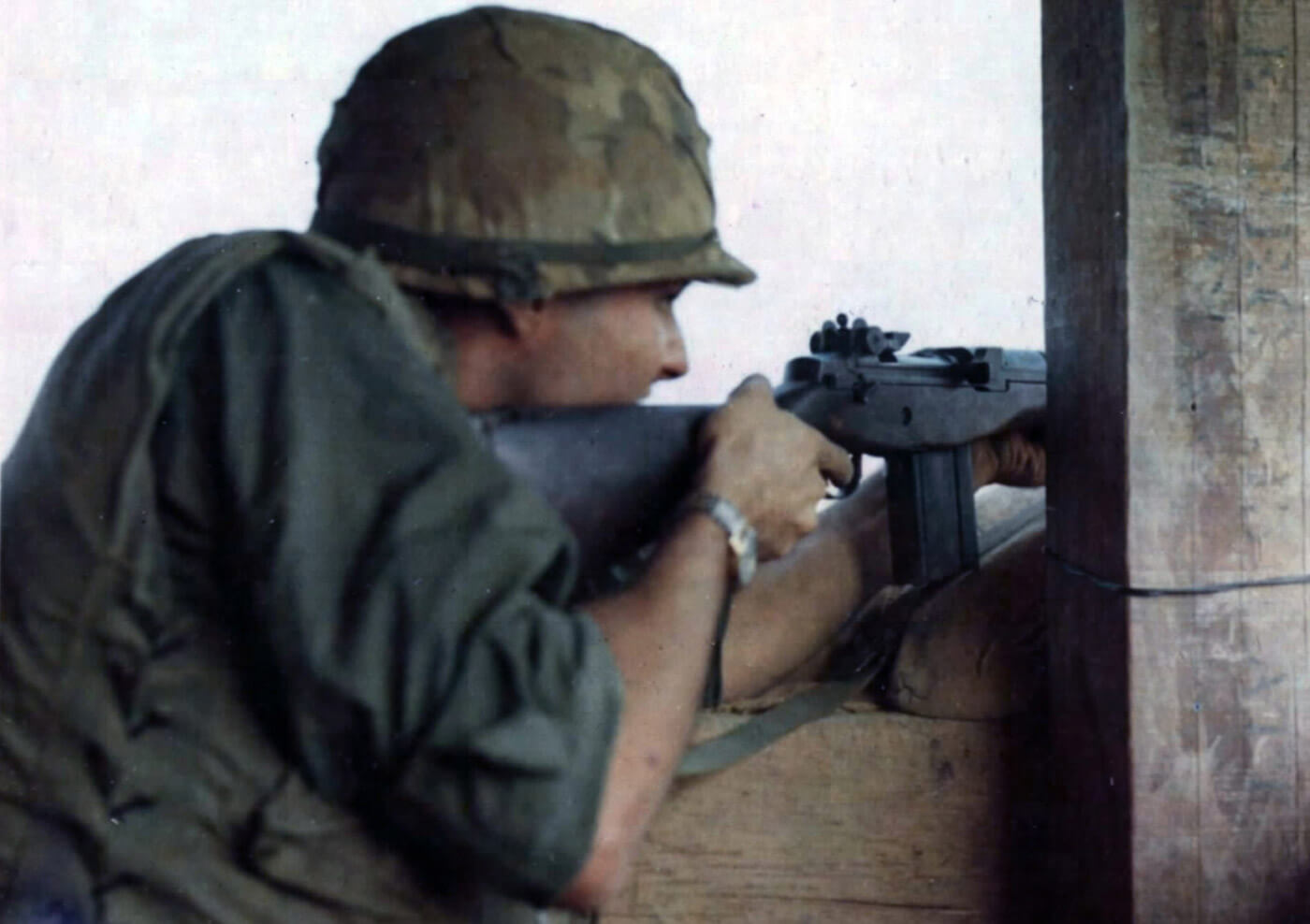
An M14 in action at Long Binh during the Tet Offensive in early 1968.
There was just a certain factor of trust in that rifle.
Its All Relative
Taste, and trust in rifles is clearly a generational issue.
My father was an infantry sergeant in World War II.
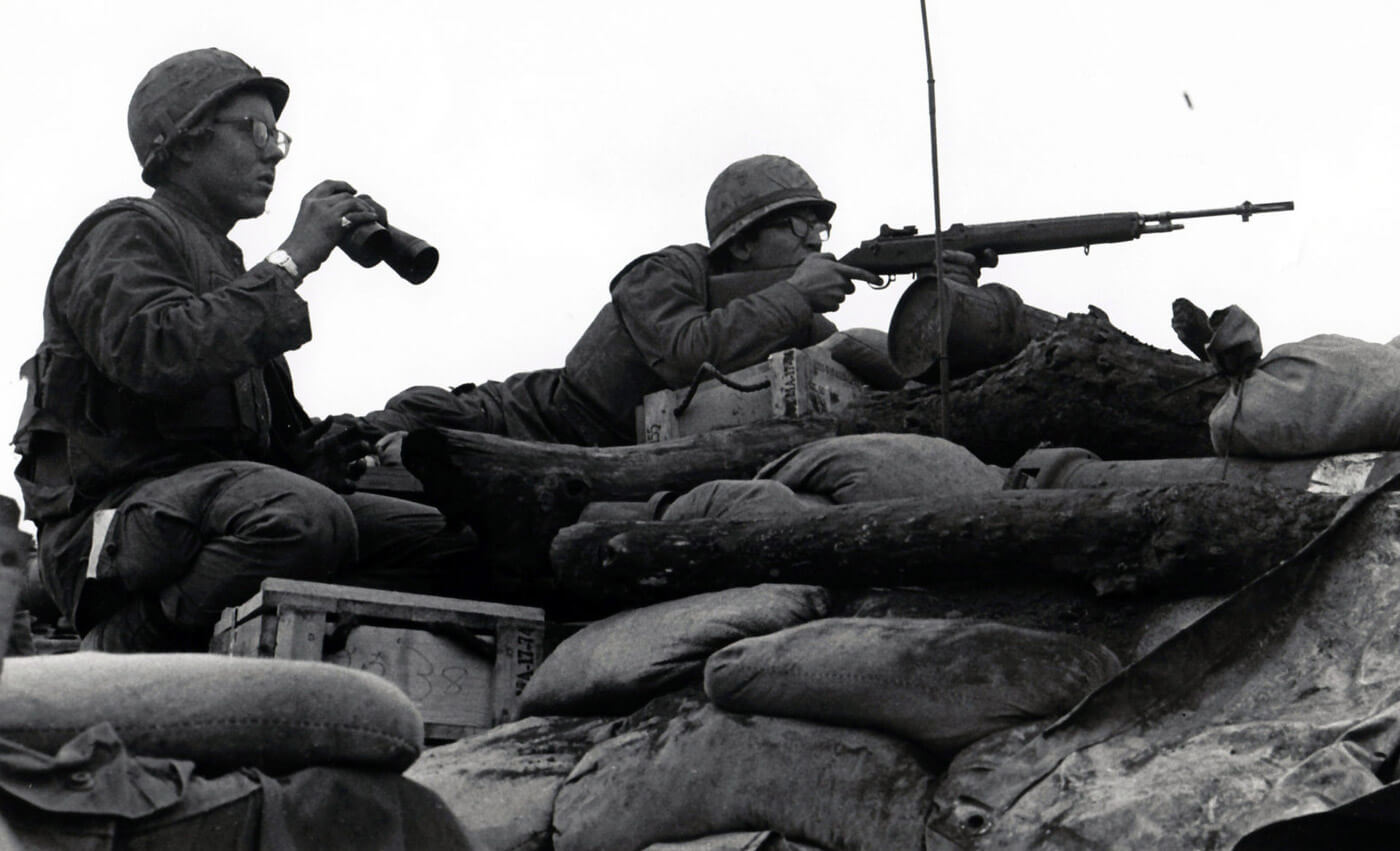
M14 sharpshooting at Khe Sanh, February 24, 1968.
When he looked at an M16, he thought they were not proper rifles.
Combat seems to have an evening-out effect about the opinions of small arms.
Alongside the select-fire M4 Carbines and M16 rifles serving on the battlefield, the U.S. Military M14 also serves.
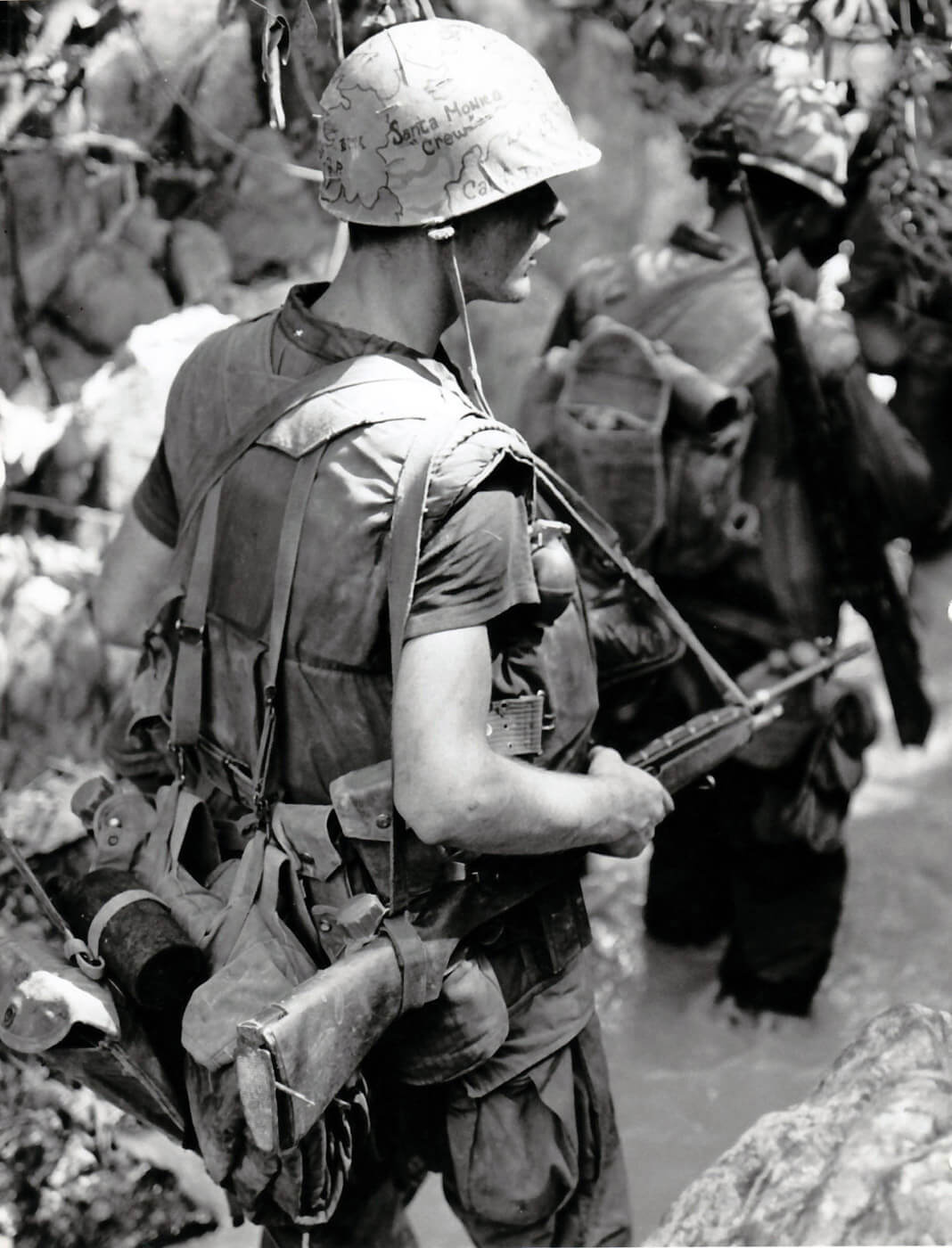
Men of the 3rd Marine Division during Operation Beacon Hill, March 1967.
Go to forum thread
M1ATMStandard Issue Series
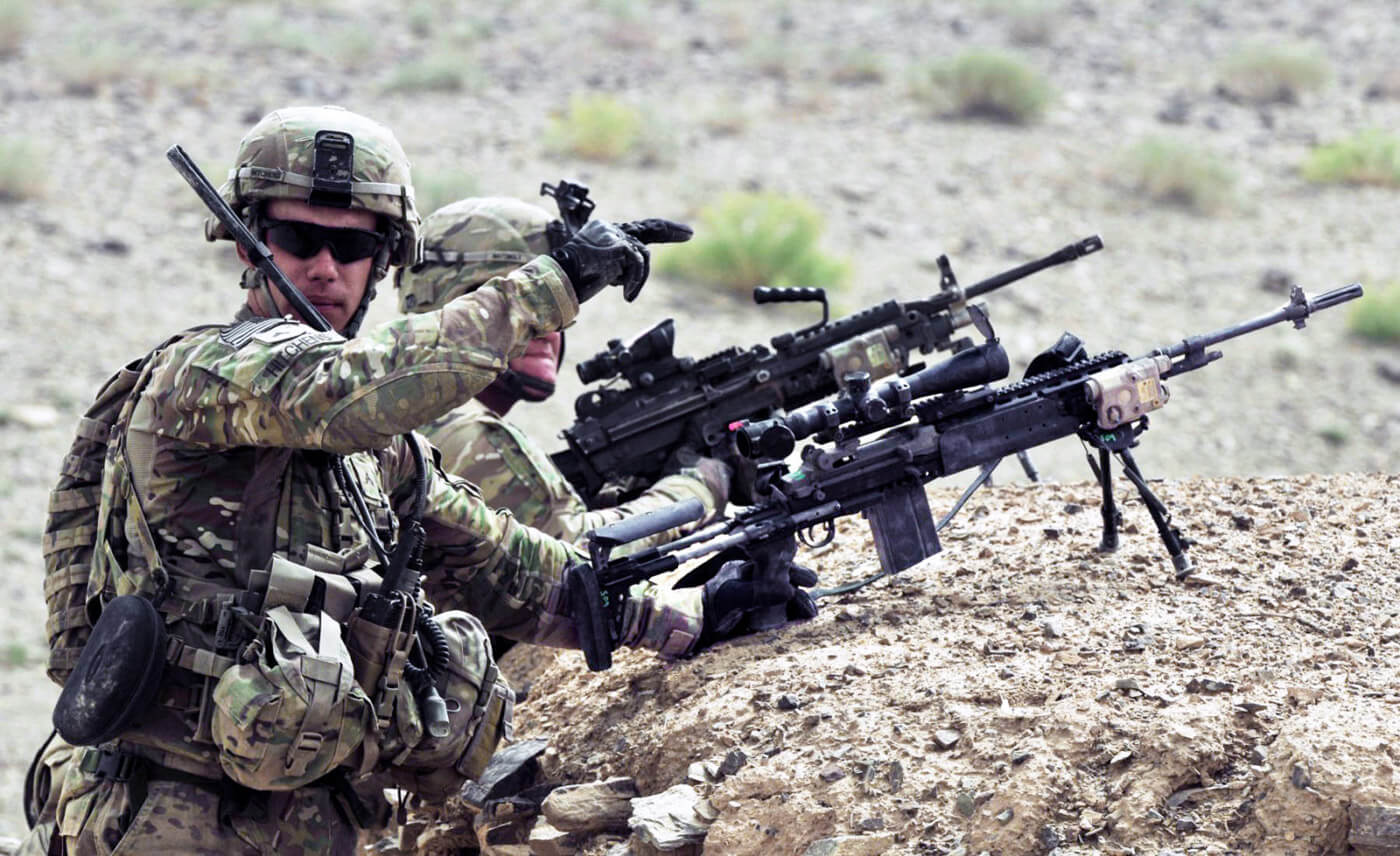
The M14 still serves in a specialized role today. This image was taken during Operation Southern Strike II in southern Afghanistan in June, 2012. Image: Photo Credit: Sgt. Brendan Mackie
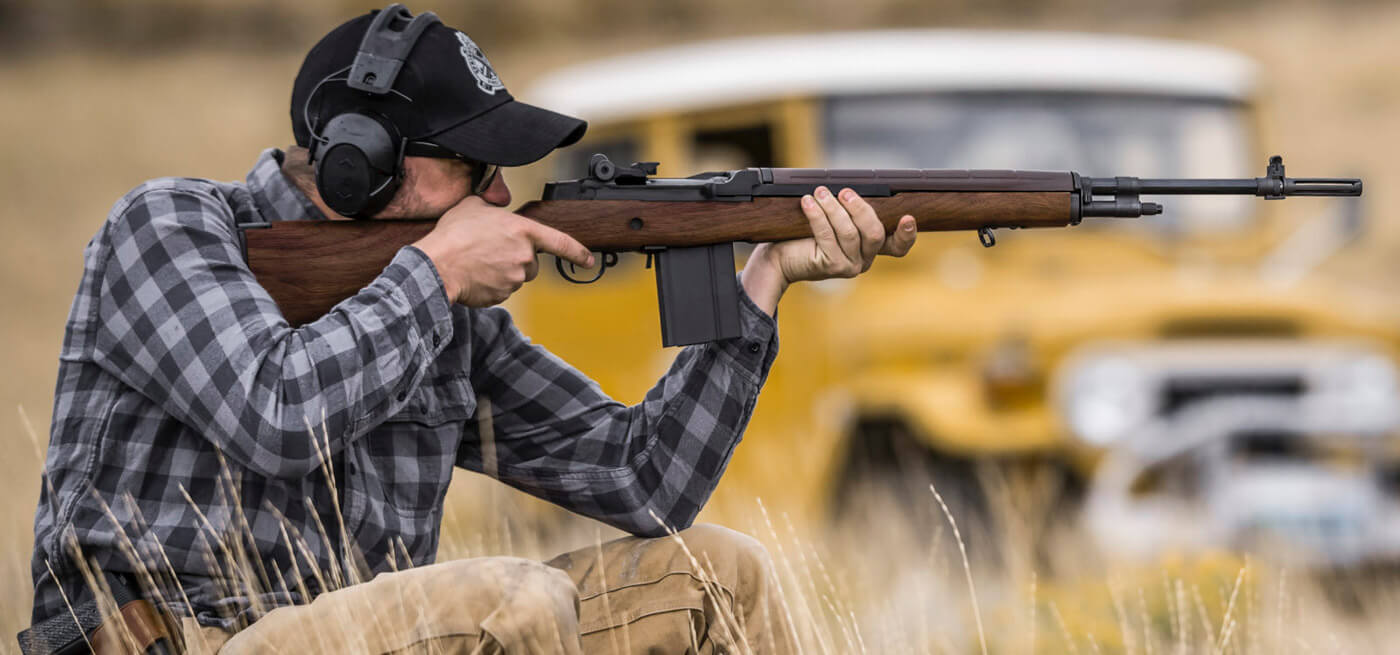
The Springfield Armory M1A is a semi-automatic, civilian-legal sibling of the M14 rifle.





